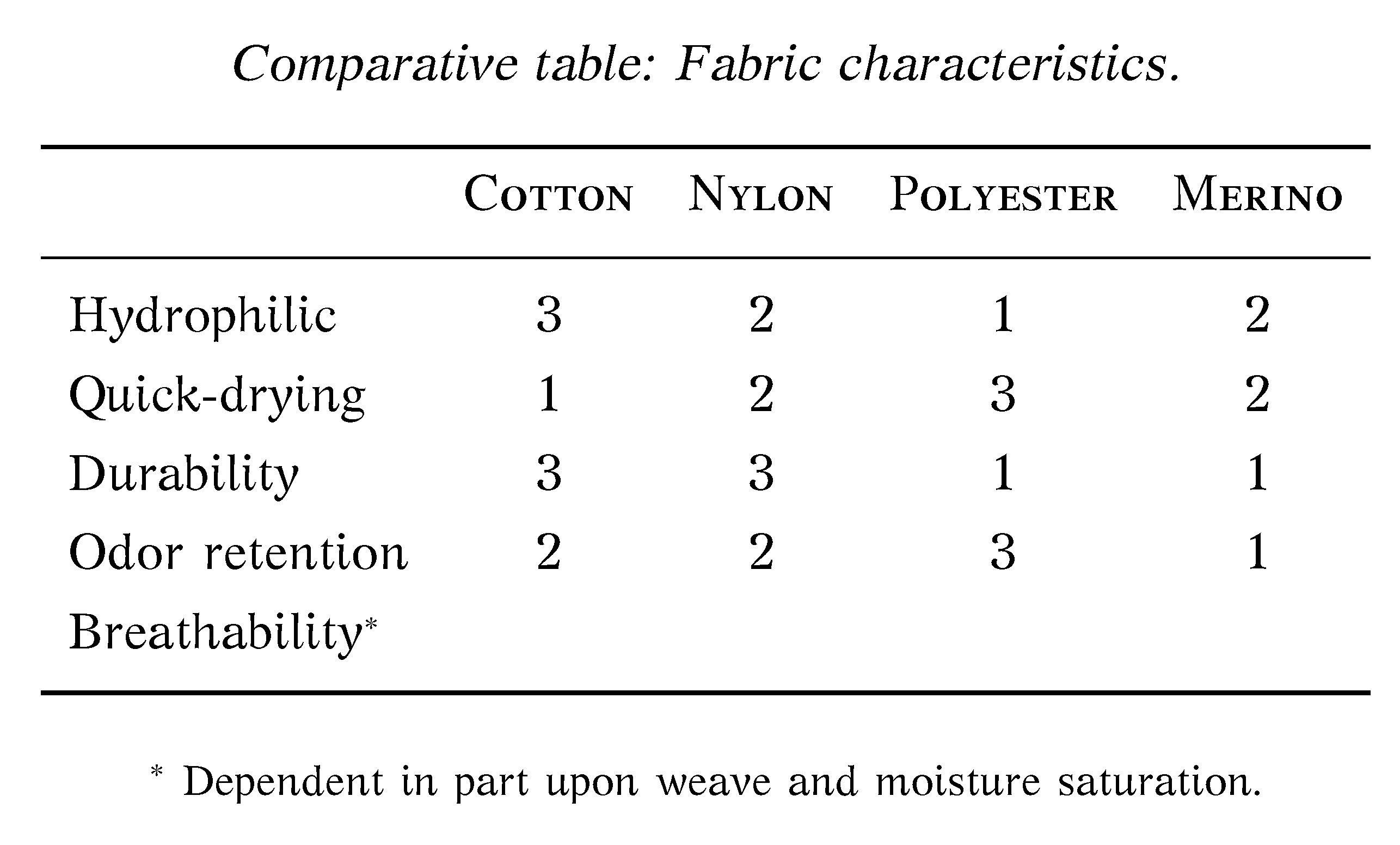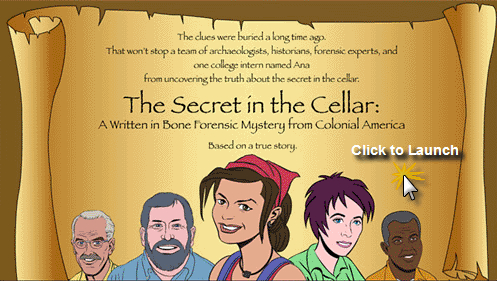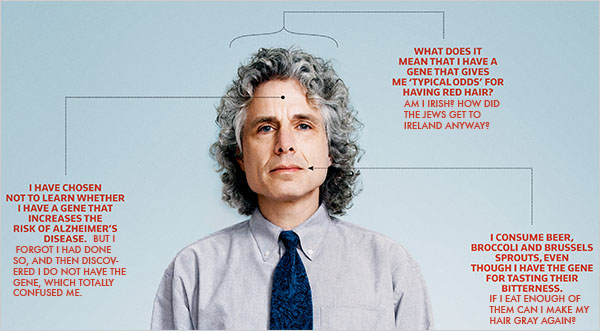The latest number of the Journal of Archaeological Science — yes, I read the Journal of Archaeological Science — has another ingenious piece on how people learn to competently knapp stone tools. For over a century archaeologists have been teaching their students how to make stone tools by hand, both as a way to learn about the techniques behind the tools as well as to get students interested in what might otherwise seem to be merely oddly shaped pieces of rock. As anyone who has ever tried to make a stone tool can tell you, there is nothing primitive about them — it takes a great deal of skill and craft to knock those things out.
I’ve always been struck by the duality I see in how archaeologists approach knapping. On the one hand, they produce articles like the one in the Journal of Archaeological Science, full of exhaustive and incredibly sophisticated methods to study the acquisition of knapping skills from the outside in. On the other hand, they round up a bunch of 20 year olds, give them some gloves (hopefully!) and make them knapp till they bleed — which often doesn’t take very long. This is knapping form the inside out, the skill passed down from one archaeologist to the other via bruised, calloused fingers.
Although there is a lot of variation within anthropology, I would have to say that one of the most distinctive things about our discipline is our commitment to learning about humanity from the inside out. It is surely one of the most unique things about our discipline that we are committed to the idea that being human with other humans is a far more sophisticated way of learning about them than any other sort of method that works from the outside in. Some methods distrust our intuitions and sympathies as biases distortions, but we feel that we are by ourselves infinitely more complex instruments for gathering data than the artifacts we make.
Of course, this commitment to learning from the inside out has its drawbacks. There is such a thing as bias, and there is a lot of value to be gained by using formal methods or advanced instrumentation — remember, I began this blog entry saying that I found the Journal of Archaeological Science worth reading! But on the whole we feel like if we can learn to make the arrowheads and hafted axes of social life, then we have something that counts as knowledge that we can pass on to others, and we can skip the meticulously recorded and coded video records of people knocking bits off the edge of a stone blank.
Admittedly, this means we often get little respect from people with much more myopic definitions of knowledge, but I think this demonstrates the limits of their vision, not ours. Like stone tools, there is nothing primitive about our discipline. Or, perhaps, there’s something primitive about it that’s worth holding on to.



